TEL:+86 0536-6162866+86 187-6464-2379
ADD:No.19, Shunde Road, Zhucheng City, Shandong, China
WEB:www.cntianlang.com
Egsb anaerobic reactor
-
MS:Katherine Wong
+86 187-6464-2379
-
TEL:+86 0536 6162866
MAIL:sales@cntianlang.com
-

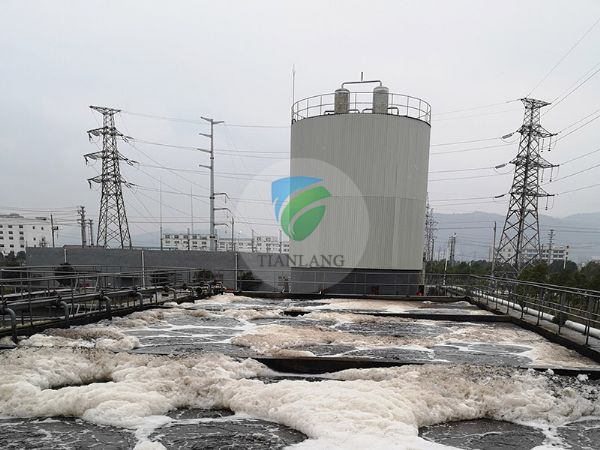
Product name:Egsb anaerobic reactor
Details:
1.the EGSB reactor introduction:
EGSB is an expanded granular sludge bed reactor, which is a third-generation anaerobic reactor in which the granular sludge bed is partially or fully "expanded". To increase speed, the EGSB reactor uses a large height-to-diameter ratio and a large reflux ratio. At high speeds and agitation of the gas, the contact between the wastewater and the granular sludge is more sufficient. Due to good mixed mass transfer, all active bacteria in the EGSB reactor, including bacteria inside the granular sludge, can obtain organic matter from wastewater, that is, more microorganisms in the EGSB participate in the water treatment process. This allows the wastewater to have a short hydraulic retention time in the reactor.
2.EGSB anaerobic process principle:
The anaerobic digestion process can be divided into four relatively independent but inseparable steps: the hydrolysis stage, the acidification stage, the hydrogen production acetogenic stage, and the methanogenesis stage. A group of microorganisms, acidified bacteria, complete the first two steps of the anaerobic digestion process, hydrolysis and acidification. They hydrolyze polymers such as proteins, fats and carbohydrates into small molecules that can enter the interior of cells through extracellular enzymes, which are oxidatively degraded inside the cells to form carbon dioxide (CO2), hydrogen (H2) and major products - volatile fatty acids ( VFA). The second group of microorganisms, the hydrogen producing acetogen, converts the above products into acetate, hydrogen and carbon dioxide during the acidification process. The third group of microorganisms are methanogens that convert acetate or hydrogen and carbon dioxide to methane.
3.Third, EGSB reactor features:
1, BOD removal rate is high (90% ~ 95%); stable operation, simple structure.
2,It is easier to form granular sludge with uniform distribution, and the biomass in the sludge bed is large (up to 60g/l); it is very suitable for the treatment of medium and high concentration organic wastewater.
3, the volume load rate is high (20 ~ 30kgCOD / m3.d), the residence time is shorter, so the required volume is greatly reduced; the reactor volumetric load rate is more than 2-3 times higher than the ordinary UASB reactor.
4, easy to operate, using the method of swirling mixed water, uniform water distribution, good mass transfer, and there is no problem of blocking short flow.
5,An external reflux system is added. The alkalinity of the anaerobic reactor can be supplemented by reflux water, and the cost of lye can be greatly reduced.
6, high aspect ratio (generally 2-4), small footprint, easy to manage.
4. The characteristics of Egsb anaerobic reactor are different from UASB and AFB:
The EGSB reactor integrates the characteristics of UASB and AFB in terms of structure and operation characteristics, and has obvious advantages such as large granular sludge, high hydraulic load and high organic load. Both have retained a higher amount of sludge. A higher organic load is obtained, maintaining the possibility and operability of the reactor with high processing efficiency. The process has features that distinguish it from UASB and AFB:
1. Compared with the UASB reactor, the EGSB reactor has a high aspect ratio, a liquid rising flow rate (4-10 m·h-1) and a COD organic load (40 kg/(m3·d)), which is higher than the UASB reactor. More suitable for the treatment of low and medium concentration sewage.
2. The sludge is in an expanded fluidized state in the reactor, and the sludge is granular and has high activity. The precipitation performance is good.
3. Different from the UASB reactor, the mixing of muddy water is more sufficient due to the higher liquid rising flow rate and gas agitation; the impact load resistance is strong and the running stability is good. The formation of the inner circulation makes the actual water volume in the expanded bed area of the reactor sludge much larger than the influent amount, and the circulating reflux water dilutes the influent water, greatly improving the reactor's anti-impact load capacity and buffering pH change ability.
4. The hydrostatic pressure of the sludge at the bottom of the reactor is relatively high, and the granular sludge has a large particle size and good strength.
5. No granular floc sludge is formed in the reactor, which is easily taken out of the reactor by the effluent.
6. The removal effect of SS and colloidal substances is poor.
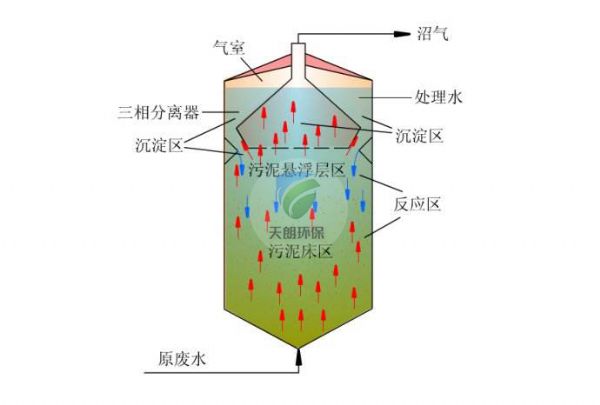



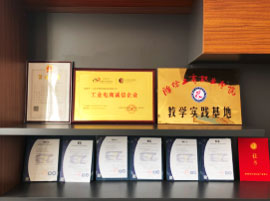

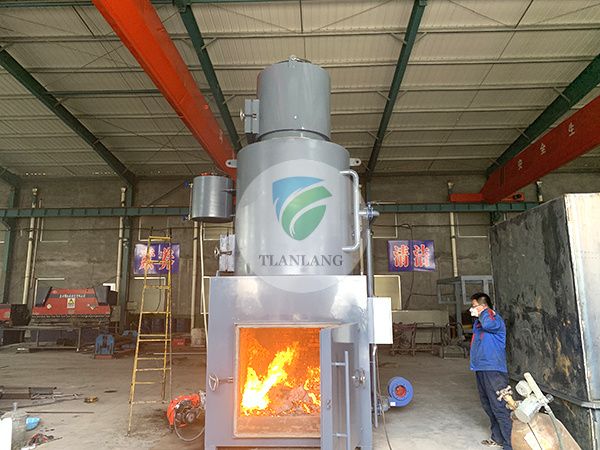
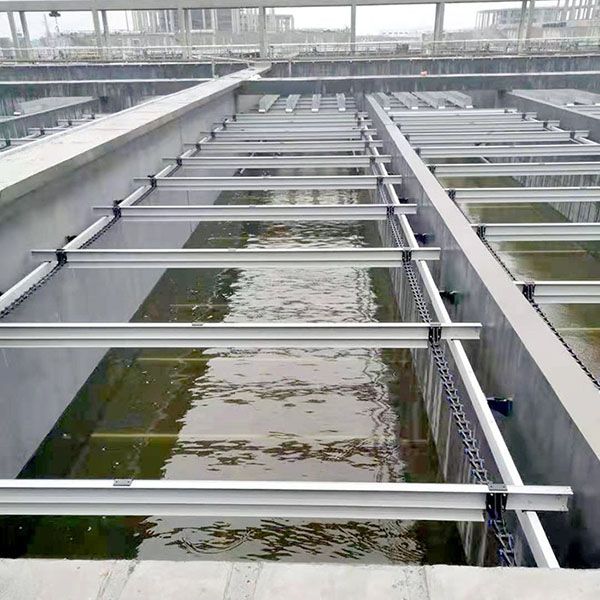
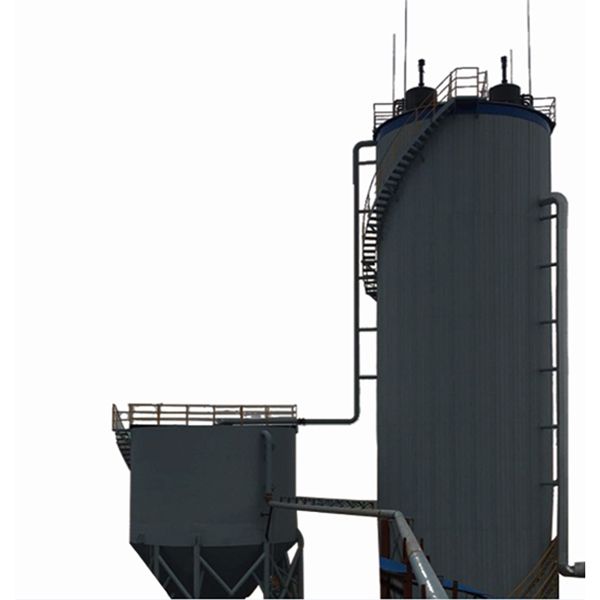
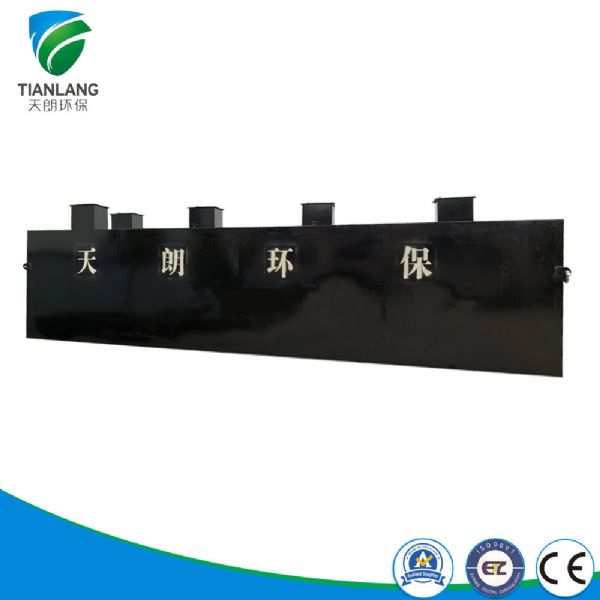
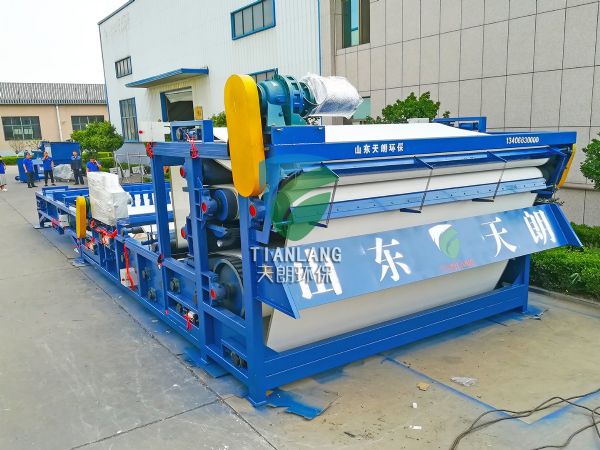
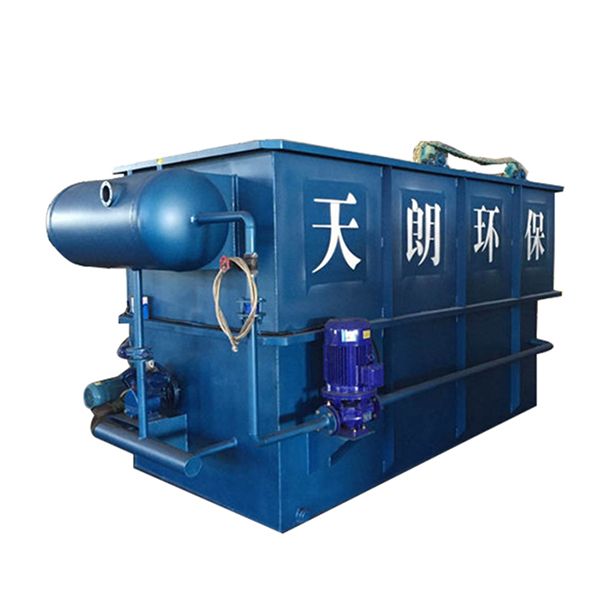
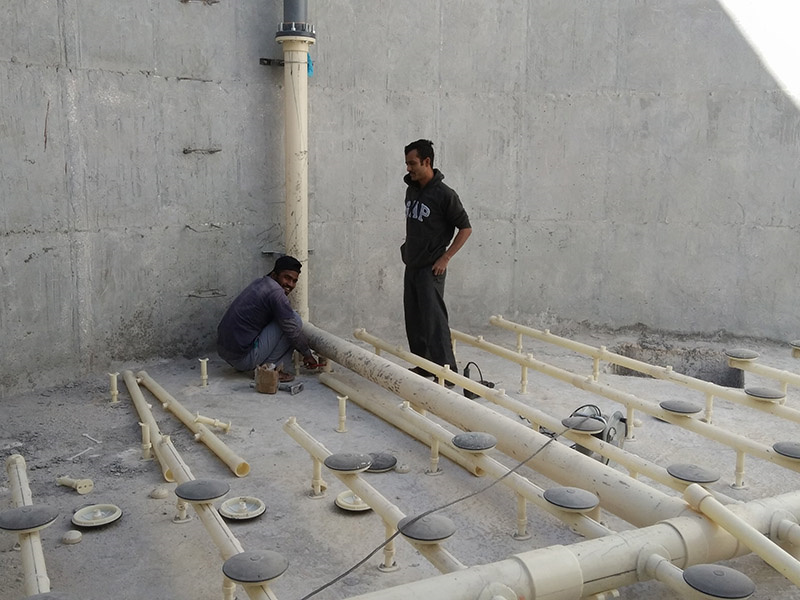
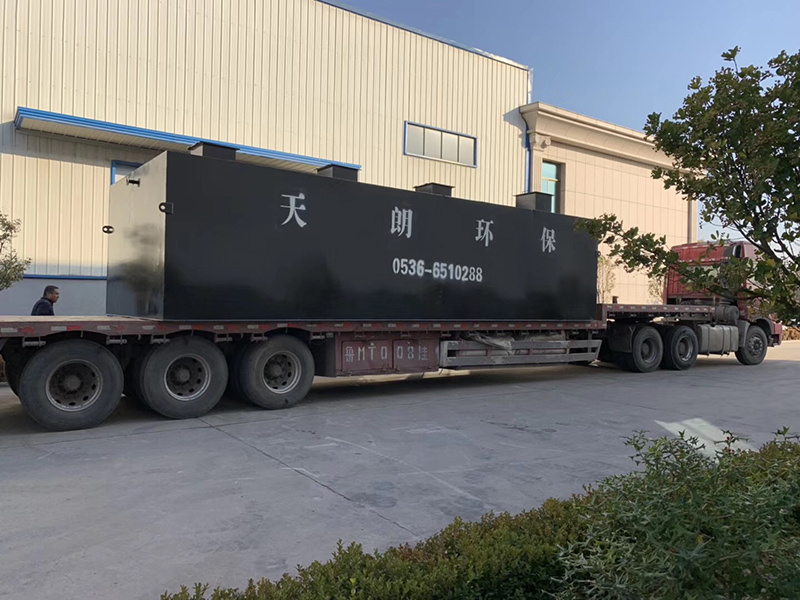

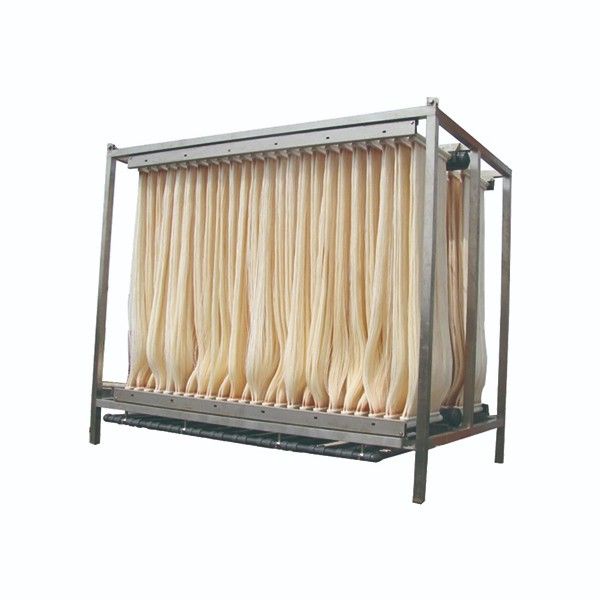
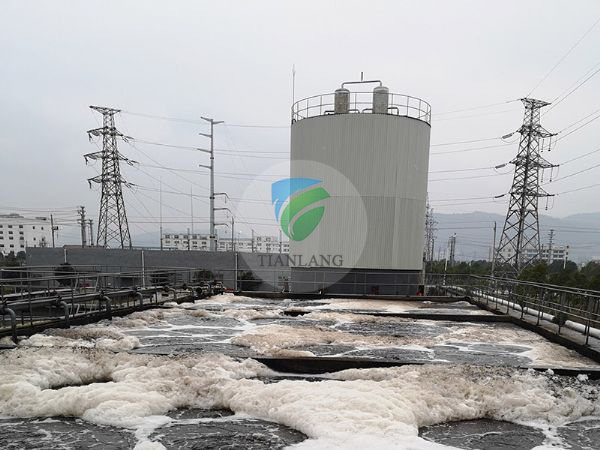
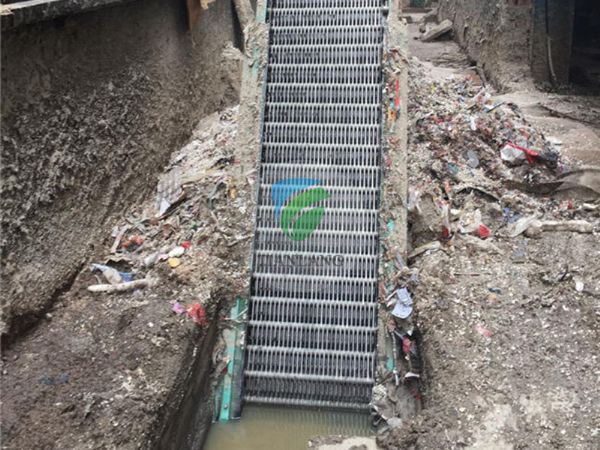






 Tel
Tel Home
Home Products
Products